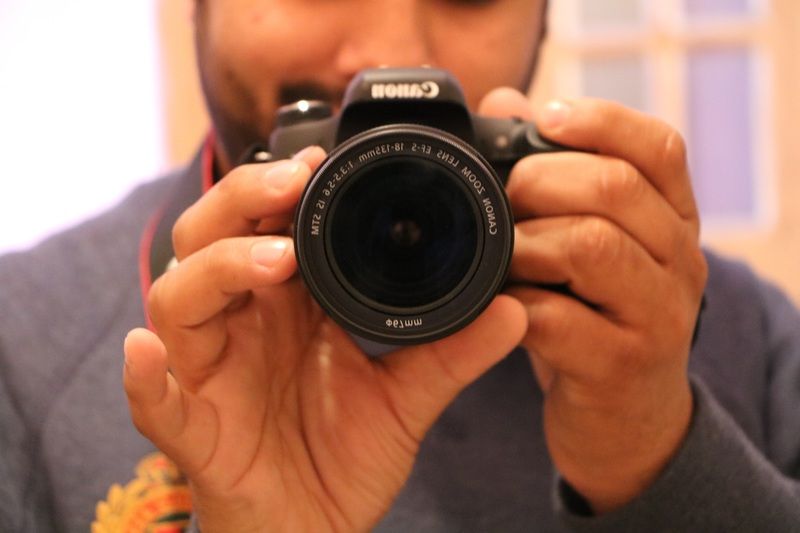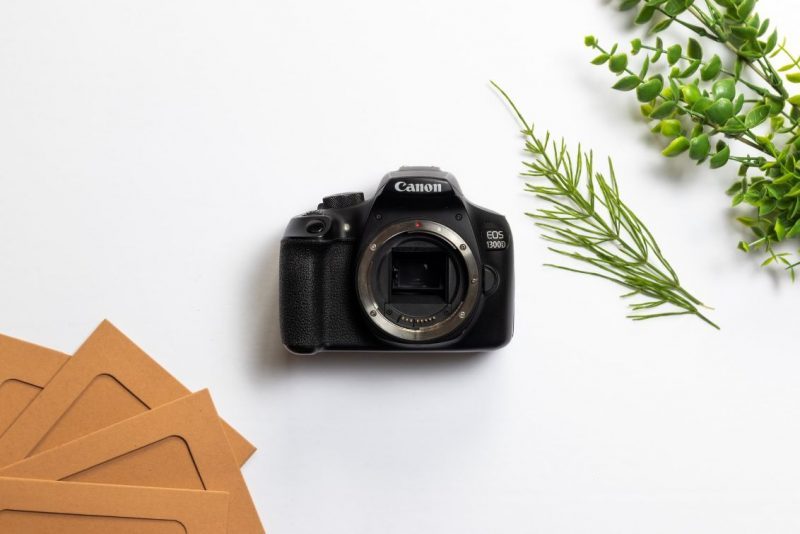Tripods are very familiar to most professional photographers and photography lovers as a supporting device while they are clicking photos or recording videos.
However, tripods are available in different shapes and sizes based on camera shape and dimension variation. So, while you are setting up the tripod, it is essential to know which screw size will fit to secure the connection properly.
And today, I will share every necessary information regarding how to secure the camera stability with the correct tripod screw size.
What Are The Standard Tripod Screw Sizes?
You need to understand which camera will best fit with which screw sizes for a better user experience and smooth photography work. That’s why I am going to share the necessary information you need to note down.
Tripod Mount Screw Size:
The modern tripod screw size standard for attaching with the camera is either 1/4-20 UNC or 3/8-16 UNC thread. Most cameras are fitted with 1/4-20 UNC threads as their base mount, but you will require 3/8-16 UNC threads in the case of larger cameras. Also, some professional larger cameras need a removable 1/4-20 UNC adapter along with the 3/8-16 UNC thread.
Tripod Head Screw Size:
Most consumer cameras have a quick release plate/head combination with a 1/4 inch-20 female mounting bolt on top. But professional large tripod legs and heads will have a 3/8 inch -16 male screw attachment to the head and a 1/4 inch tripod screw to the camera body.
Tripod Screw Size Metric:
| Diameter inch | Diameter mm | Thread size |
| 1/4 | 6.3500 | 20 |
| 3/8 | 7.9375 | 16 |
If your camera is similar to a viewfinder or SLR camera with quick-release plates/head, it should fit 1/4″ 20 pitch UNC Thread.
If you are using a medium to large format camera, it should be fit with 3/8″ 16 pitch UNC Unified Coarse Thread. According to the ISO 1222:2010 photography, the tripod metric size is the same as we explained above.
How To Measure My Tripod Head Screw Size?
There are two systems for measuring the tripod head screw size: The imperial and metric systems.
For your convenience, I am going to explain the process of each method, and you can use any of them to measure the screw size easily by following the instruction thoroughly-
The Imperial Method Measurement Process:
Step-1: Measuring The Screw Head Length Per Inch
First of all, to measure the screw head, you will need a ruler or measurement tape and start the measurement where the screw rested during fully embedded. But remember, different screw heads rest differently, so you have to be specific about each type.
For example, if we consider a countersunk screw with a flat head, it generally rests even with whatever it is embedded into, so you need to start the measurement from the top of the head to the tip of the screw. But if we consider a countersunk screw with a rounded or oval head, you need to measure where the oval top would rest on the surface.
And in the case of other round-headed screws that are not countersunk, you should start the measurement from the flat base of the screw head.
Step-2: Measuring The Thread Diameter Width Per Inch:
To measure the diameter of screws or thread width, measure the distance from one outer thread to another’s side and the diameter for screws represented by either a gauge number or in fractions of an inch.
To figure out the gauge number for your specific diameter, you will need a gauge guide available online.
Step-3: Figuring Out The Thread Spacing Value:
To get the thread spacing value, you need to count the number of threads in 1 inch. So first, lay the screw next to your ruler or measuring tape and steadily hold it. Then start counting the number of thread gaps within 1 inch of the screw and divide the thread gaps into the length. Remember that thread counts generally range from 35-40 threads per inch.
The Metric Method of Measurement Process:
Step-1: Measuring The Screw Head Length In MMS:
With the help of a measuring tape, just like before, start measuring the length from where the screw head would rest while fully screwed in.
But like before, be careful of the type of screw head while you start to measure and follow the same direction for a different screw head like flat, oval, or rounded ones.
Step-2: Measuring The Width Of The Thread
To measure the thread’s width, use a ruler or measuring tape from one side of a thread to another side, but this time in MMS.
In case you are planning on buying screws with the metric system measurement list in the packaging, then watch whether the list appears like 5.0 or not, which indicates that those screws have a 5 mm diameter.
Step-3: Measuring The Pitch
In the metric system, screws use the pitch as a measurement instead of thread spacing value, and to get the pitch measurement, you can measure the distance from one thread to the next thread in mms.
Also, most of the screws have one pitch per diameter in the metric system, which means 2 mm equals 0.4 mm in pitch measurement.
Read Also: Everything you Need to Know About Camera Mount Screw Size
Frequently Asked Questions (FAQs):
Are tripod screws Universal?
Yes, in a way, tripod screws are universal as the current standard state that tripod screw size will be either 1/4-20 UNC or 3/8-16 UNC thread based on camera type.
How do I measure screw size?
You can measure the head's length that sits flat with the surface to the threads' tips. Hex, pan, truss, button, socket cap, and round head screws are measured from right under the head to the threads' end. And lastly, you can measure the flathead screws from the top of the head to the threads' tip.
What size is a tripod head screw?
The typical standard for any professional photographic tripod base mounts is a 3/8-16 screw means a 3/8 inches diameter screw, 16 threads per inch on the tripod legs, and a matching receptacle on the tripod head.
Conclusion
This article was aimed to help readers like you interested in photographic experiments but are not aware of the tripod screw size to use and maintain your tripod well. If you have any further queries, you can comment below.






